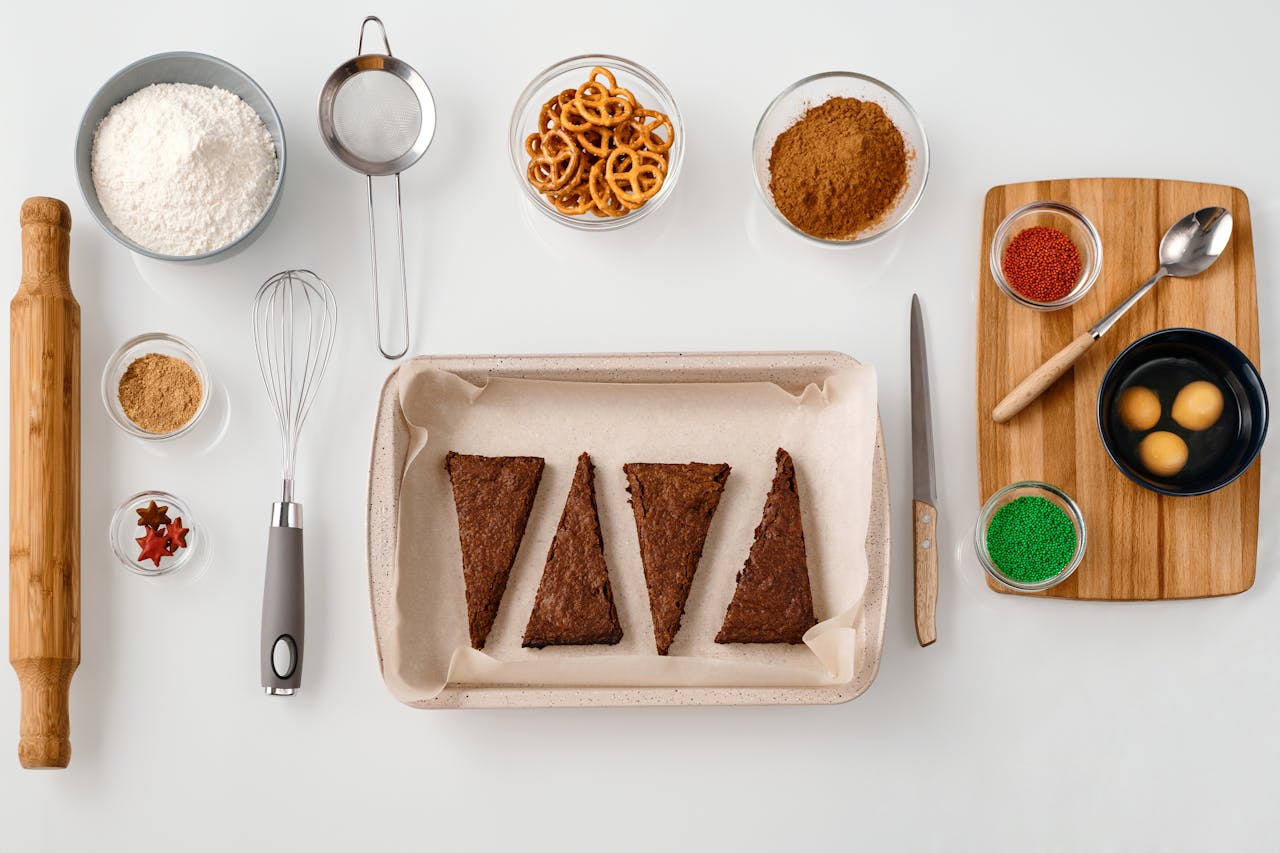10 Pro Tips To Make Chicken Caesar Salad Taste Restaurant-Ready
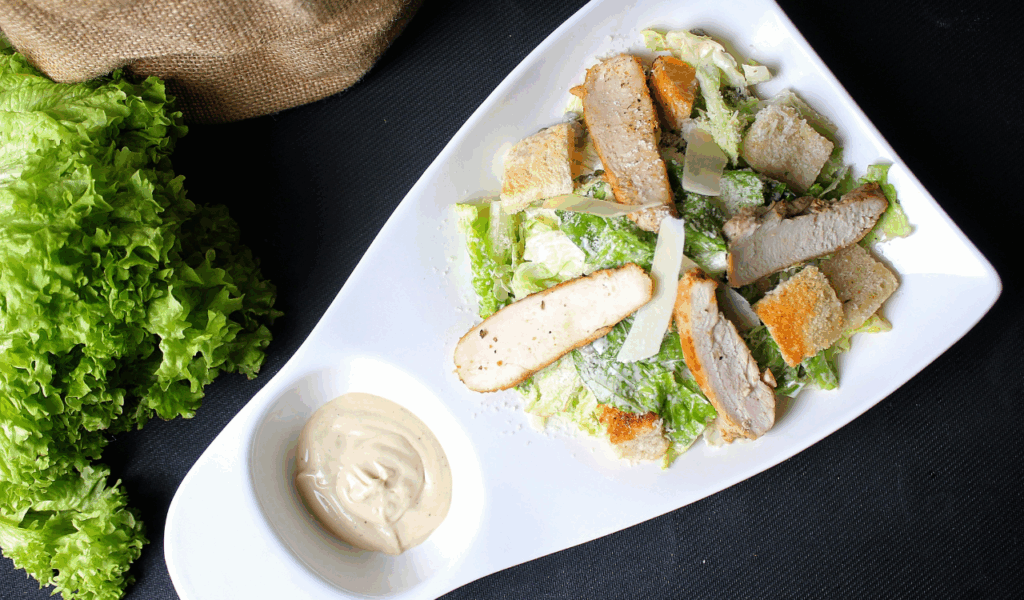
When prepared properly, chicken Caesar salad is a symphony of flavors and textures that is both comforting and elegant, despite its seemingly simple appearance. It is crisp, creamy, garlicky, salty, tangy, and well-balanced at a good restaurant. However, when prepared at home, it frequently fails: soggy lettuce, tasteless chicken, overpowering dressing, or store-bought shortcuts that don’t work. The good news? If you take the proper approach, your homemade version can rival, if not surpass, the food you would get at a brasserie or bistro. Ten expert tips are provided below to help you perfect each ingredient and replicate the taste and elegance of a fine dining establishment at home.
1. Use Fresh Romaine Lettuce and Chill It Properly
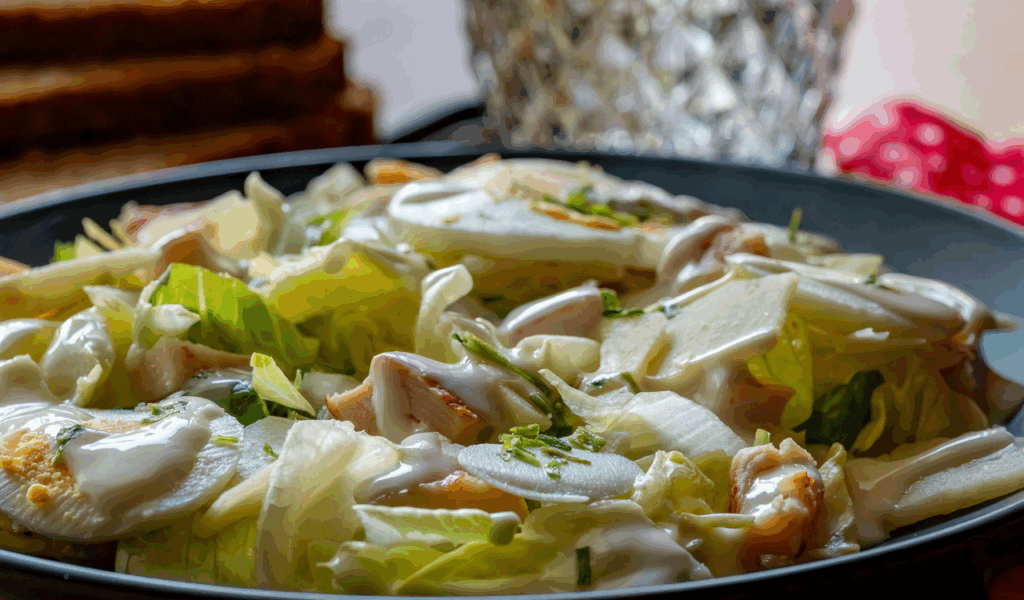
Lettuce is the foundation of any Caesar salad, and romaine is the best variety. It’s crunchy, has a hint of bitterness, and tastes great with rich dressings. Freshness is crucial, though. Look for whole heads of romaine with bright green leaves that are packed closely together. When possible, steer clear of pre-cut or bagged lettuce because it frequently wilts more quickly and lacks the crisp texture that gives Caesar salad its bite. Use a salad spinner to thoroughly wash and dry your leaves. Before serving, let the cleaned leaves cool in the refrigerator or in an ice bath for 15 to 30 minutes for optimal results. One of the simplest ways to instantly elevate your salad to restaurant-caliber is to use cold, crisp lettuce.
2. Master the Chicken: Marinate, Cook & Rest
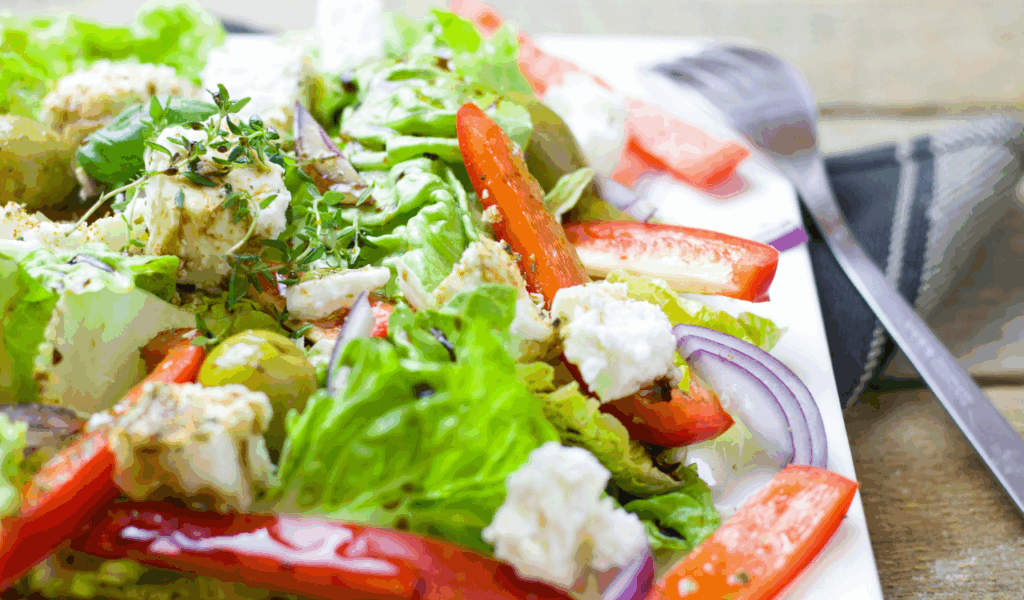
One of the quickest ways to ruin your Caesar salad is with poorly prepared chicken. Spend some time marinating it: even 20 minutes makes a difference; instead of just seasoning and throwing it in the pan. You can add a lot of flavor with a simple mixture of olive oil, lemon juice, garlic, and a little Dijon or soy sauce. Cook over medium-high heat until the crust is golden-brown and the inside is still juicy. To prevent the juices from dripping out and drying out the meat, allow the chicken to rest for at least 5 to 10 minutes after cooking before slicing. Avoid placing hot chicken directly on cold lettuce as it will wilt; instead, slice it warm and place it on top of the salad for contrast and visual appeal.
3. Make Homemade Croutons That Really Crunch

Although store-bought croutons are more convenient, they rarely have the same texture or flavor as homemade ones. Making your own croutons is incredibly simple and will instantly improve your Caesar salad. Use day-old bread, such as a rustic loaf, baguette, or sourdough, or anything with structure. Cube the bread and mix it with garlic powder, olive oil, a little salt, and perhaps some herbs like oregano or thyme. Toast for 10 to 15 minutes, or until golden brown and crisp, at 375°F (190°C). Before adding them to your salad, let them cool completely. These add a depth of flavor that boxed croutons simply cannot match, and they will remain crunchy and flavorful even after being covered in dressing.
4. Craft a Balanced, Flavorful Dressing from Scratch

Everything comes together with the Caesar dressing, and you have complete control over its flavor, texture, and quality when you make it from scratch. Egg yolk, anchovies (or anchovy paste), garlic, lemon juice, Dijon mustard, olive oil, Parmesan cheese, salt, and black pepper are the ingredients of a traditional Caesar dressing. To emulsify, slowly drizzle in the oil while whisking by hand or blending in a food processor. Mayonnaise or coddled (lightly boiled) eggs can be a safer option if you’re not a fan of raw eggs. Don’t omit the anchovies unless absolutely necessary because they are crucial for that distinctive umami flavor. A well-prepared Caesar dressing should be richly savory without being fishy, zesty without being sour, and creamy without being heavy. Instead of drowning the lettuce, it should cling to it.
5. Use High-Quality Parmesan (Not Pre-Grated)
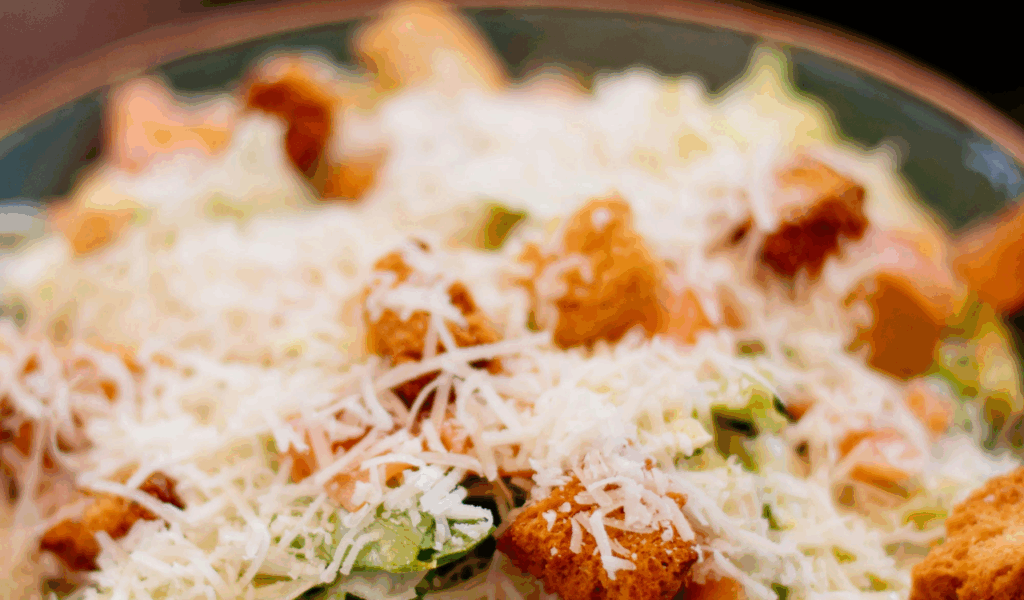
Cheese is a crucial component that adds nutty, salty depth to Caesar salad; it is not merely an afterthought. Instead of using pre-shredded Parmigiano-Reggiano that comes in bags or plastic containers, use real Parmigiano-Reggiano or another premium aged hard cheese. They lack the strong flavor of freshly grated cheese and are frequently covered in anti-caking agents. Just before serving, grate it yourself after purchasing it in a wedge. You can use a microplane or vegetable peeler to create long shavings for the top and a fine grater to mix into the dressing. The little details that distinguish a homemade Caesar from one served at a restaurant are the way the cheese clings to a dressed leaf or melts just a bit onto warm chicken.
6. Get the Dressing-to-Lettuce Ratio Just Right
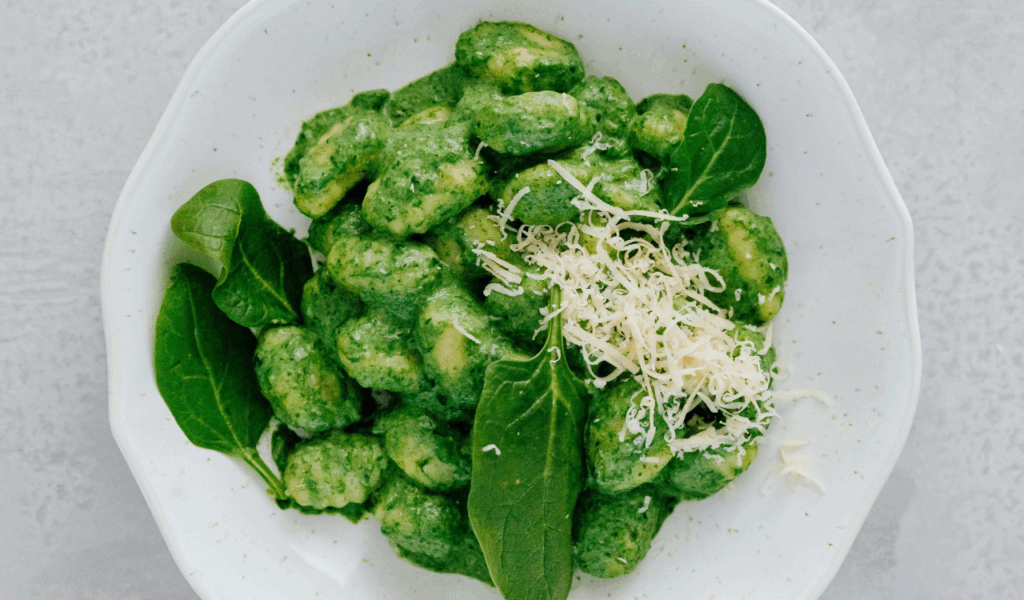
Overdressing is one of the most frequent errors made when making salads at home. A good Caesar dressing tastes great, but too much of it can overwhelm the more subtle flavors and make the salad soggy. It’s worth copying the way restaurants toss salads in a big mixing bowl to lightly and evenly coat each leaf. As needed, add more dressing, tossing gently in between additions. Start with a small amount. Coating the leaves (not drowning them) is your aim. Think about tossing the salad right before it reaches the plate or bowl if you’re serving guests. As an alternative, serve dressing separately so that everyone can customize their dressing and prevent leftovers from becoming mushy.
7. Add a Squeeze of Fresh Lemon Just Before Serving

Every flavor on the plate is enhanced by the final touch of fresh lemon juice. Squeezing a little extra lemon just before serving gives the salad a zesty, new boost, even if you’ve already used it in your dressing. It brings out the freshness of the greens and herbs and counterbalances the richness of the cheese and dressing. A little lemon zest adds aroma and a delicate citrus note that dances on the palate if you really want to step it up. Just watch out that too much lemon might overpower the cheese and anchovies. It’s one of those “secret chef moves” that can make your dish stand out, and a little goes a long way.
8. Incorporate Texture & Temperature Contrast
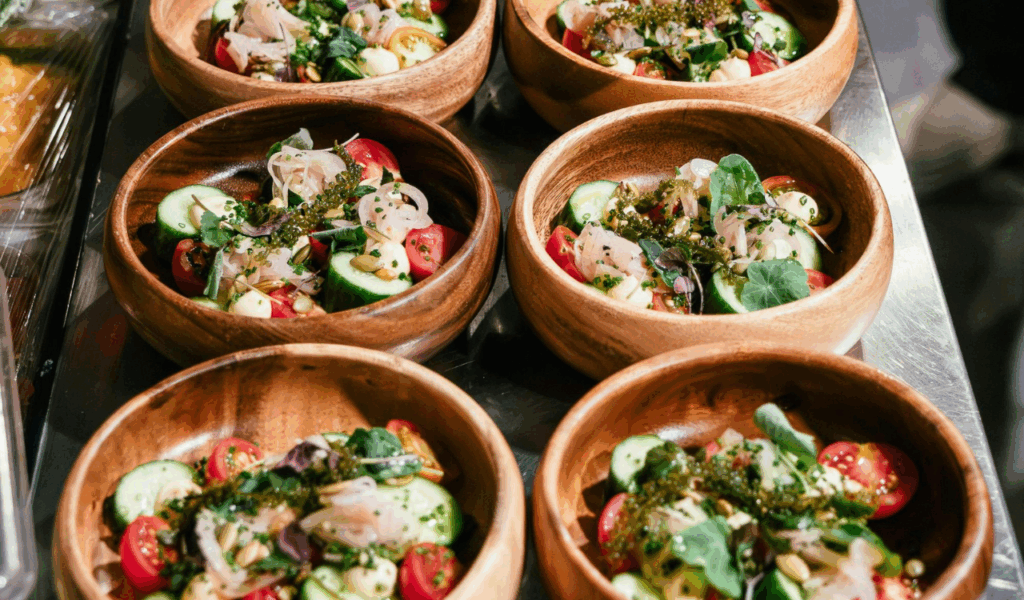
Contrasting textures and temperatures are just as important to a great Caesar salad as flavor. That contributes to the dish’s feeling of luxury and freshness. Warm, juicy chicken makes a wonderful contrast to crisp, cold romaine. Crispy croutons contrast with the creamy dressing. Warm chicken or a freshly tossed leaf meets soft Parmesan shavings, which melt just a little. Time your preparation carefully if you want to accomplish this at home. Until the very last minute, keep the lettuce cold. Just before serving, reheat your chicken. To prevent them from softening too soon, add the croutons last. Every bite is interesting because of the contrast between hot and cold, soft and crunchy, and that’s what restaurant quality is all about.
9. Season Every Component Thoughtfully

The fact that every component, not just the finished dish, is seasoned is one of the distinguishing characteristics of professional cooking. This indicates that your chicken has been adequately salted before it is ever put in the pan. Before baking, your croutons are seasoned with salt, herbs, and garlic. You have the right amount of umami, acid, and salt in your dressing. A dash of salt and pepper when tossing even your lettuce can help. In addition to adding complexity, layered seasoning makes sure that no area of the salad tastes bland. To finish, add freshly cracked black pepper, which balances the rich cheese and creamy dressing while adding a little kick and a hint of spice to the salad.
10. Make It Fresh — Assemble Just Before Serving
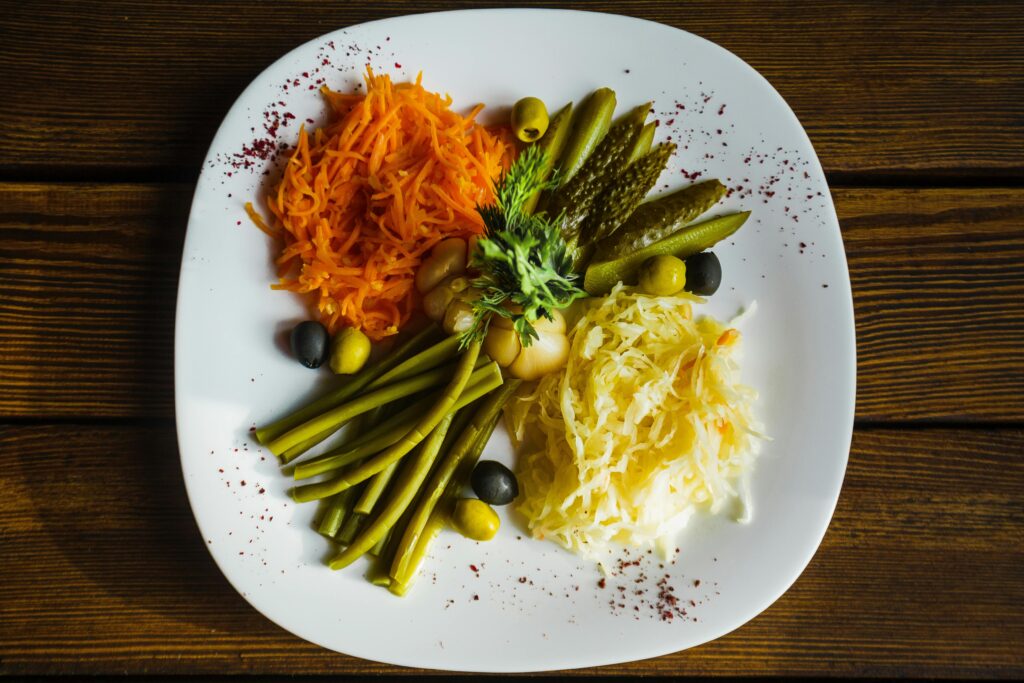
This advice may seem straightforward, but it has a significant impact. Don’t leave your salad put together for too long. Even with flawless ingredients, a crisp masterpiece can become a soggy mess if everything is allowed to sit together for longer than a few minutes. Just before serving, toss your lettuce in the dressing. As you plate, add the croutons and warm chicken last. Store ingredients separately and only combine them when you’re ready to eat if you’re preparing ahead of time. Use chilled bowls or plates to add freshness when serving guests. Like the salads at your favorite restaurant, freshly made salads look more colorful and taste better.

